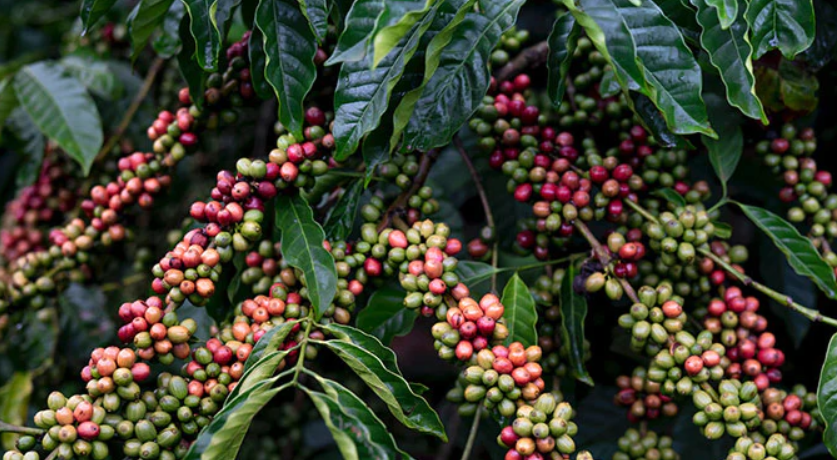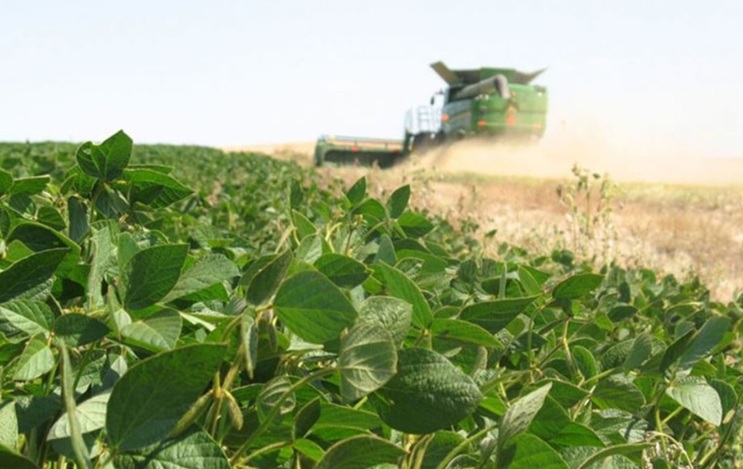This morning, coffee prices are experiencing a moderate decline, with Arabica and Robusta varieties both witnessing a downturn. The primary driver behind this shift is the forecasted heavy and widespread rain in Brazil, which alleviates concerns about dryness in coffee-producing regions. However, various factors, both positive and negative, continue to influence the coffee market, creating a dynamic landscape for traders and industry participants.
Brazil, a key player in the coffee market, is anticipating beneficial rainfall in the early weeks of December, countering the extreme heat and dry conditions experienced in mid-November. Notably, ICE-monitored arabica coffee inventories reached a 24-year low on November 16, supporting bullish sentiments and propelling prices to recent highs. Conversely, the USDA’s Foreign Agriculture Service (FAS) projects a 12.8% year-on-year increase in Brazil’s 2023/24 arabica production, potentially contributing to a shift in market dynamics.
Robusta coffee, on the other hand, faces challenges from increased supplies in Uganda, the world’s fourth-largest Robusta producer. Uganda reported a 3.4% year-on-year rise in October coffee exports, potentially adding downward pressure on Robusta prices. However, Robusta has found support from the USDA’s FAS, which revised down its 2023/24 Vietnam coffee production estimate due to unfavorable weather associated with the El Nino pattern. Vietnam’s projected coffee production decrease and lower ending stocks estimate have bolstered Robusta prices.
Weather conditions, a perennial concern for the coffee industry, continue to be a significant factor. Below-normal rainfall in Brazil’s Minas Gerais region could potentially hamper coffee yields, impacting approximately 30% of the country’s arabica crop. Additionally, an El Nino weather event declared by the U.S. Climate Prediction Center may bring drought to Vietnam’s coffee areas, further influencing global coffee production.
The global coffee market is witnessing a decline in exports, as reported by the International Coffee Organization (ICO). From October to July, global coffee exports were down 5.7% year-on-year. Despite a forecasted increase in world coffee production for 2023/24, the ICO’s data illustrates a deficit in the 2022/23 coffee market, highlighting the tight supply situation.
As coffee prices react to a myriad of factors, from weather patterns to production forecasts, the global coffee market remains in flux. Traders and stakeholders must stay vigilant in monitoring developments, especially as weather events and production estimates continue to shape the trajectory of coffee prices in the coming months.
(Source: Rich Asplund | Bar Chart | Nasdaq)









